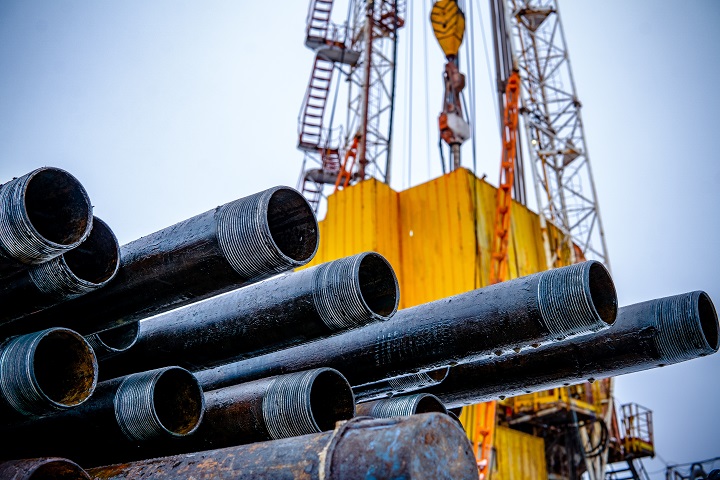 Oil casing pipes and drill pipes are an integral component of the oil and gas industry. Oil casing pipes are made of steel and used to support the walls of the oil and gas wells. Drill pipes on the other hand can be made of steel or aluminum. These pipes are hollow and used on drilling rigs.
Oil casing pipes and drill pipes are an integral component of the oil and gas industry. Oil casing pipes are made of steel and used to support the walls of the oil and gas wells. Drill pipes on the other hand can be made of steel or aluminum. These pipes are hollow and used on drilling rigs.
According to oil pipe suppliers, the differences between oil casing pipes and drill pipes can be analyzed over three points.
- Purpose
- Connection
- Standards
- Installation
Purpose
Casings are the metal pipes on the periphery of the well, installed to keep the walls from caving in. In addition to stabilizing the well against particularly heavy loads, it also protects the groundwater from contamination by mud and fracking fluid.
Drilling pipes are connected to the drill bit. The pipes are turned to channel rotating motion in the drill bit to cut the soil and rock until the deposits can be accessed. Drilling is always the first step of every wellbore. Drilling through mud cools the heat accumulated on the drill bit from cutting rock, it also carries the rock cuttings back to the surface.
Connection
The American Petroleum Institute (API) offers standards for threads and connections. There are ample options of connection types for drilling pipes but casing pipes only have a limited few threads to choose from.
Standards
The API standards for a drill pipe require a combination of specification 5D. API 5D specification covers Grade 1 and Grade 3 pipes with greater wall thickness.
For casing pipes, the API has set a standard for APT 5CT. Industrial pipe suppliers ensure that these pipes have sufficient strength.
Installation
The first step to casing an oil well is laying the smallest section of the pipe into the ground. A guide shoe (cylindrical with a round end) is fitted on the first segment to guide it through the soil. As the first segment is guided lower and lower in the well, casing elevators link the next segment by attaching a casing collar. The casing is held in proper alignment and tongs are taken to the screws to fasten the joint below it is pushed into the ground.
When installing drilling pipes, an auger unit or diesel hammer is used to accommodate the conductor casing. The conductor casing is set through the topsoil and loose rocks, this ensures that the debris doesn’t enter the well during drilling.
Once the well site is prepared, the drill pipe and rig are brought out.
Steel Pipes for the Oil and Gas Industry
International Pipes has made quite the name as an oil piper supplier in the midwest and the rest of America. We are headquartered in Oklahoma, currently operating out of a 35-acre, full-service facility. Our staff and yard crew put in the best effort to make sure that orders are processed without errors. Our customers have also made a point to mention how fond they are of our customer service team, handling inquiries and transitions with utmost efficiency. To know more about our products and services, please visit our website.
